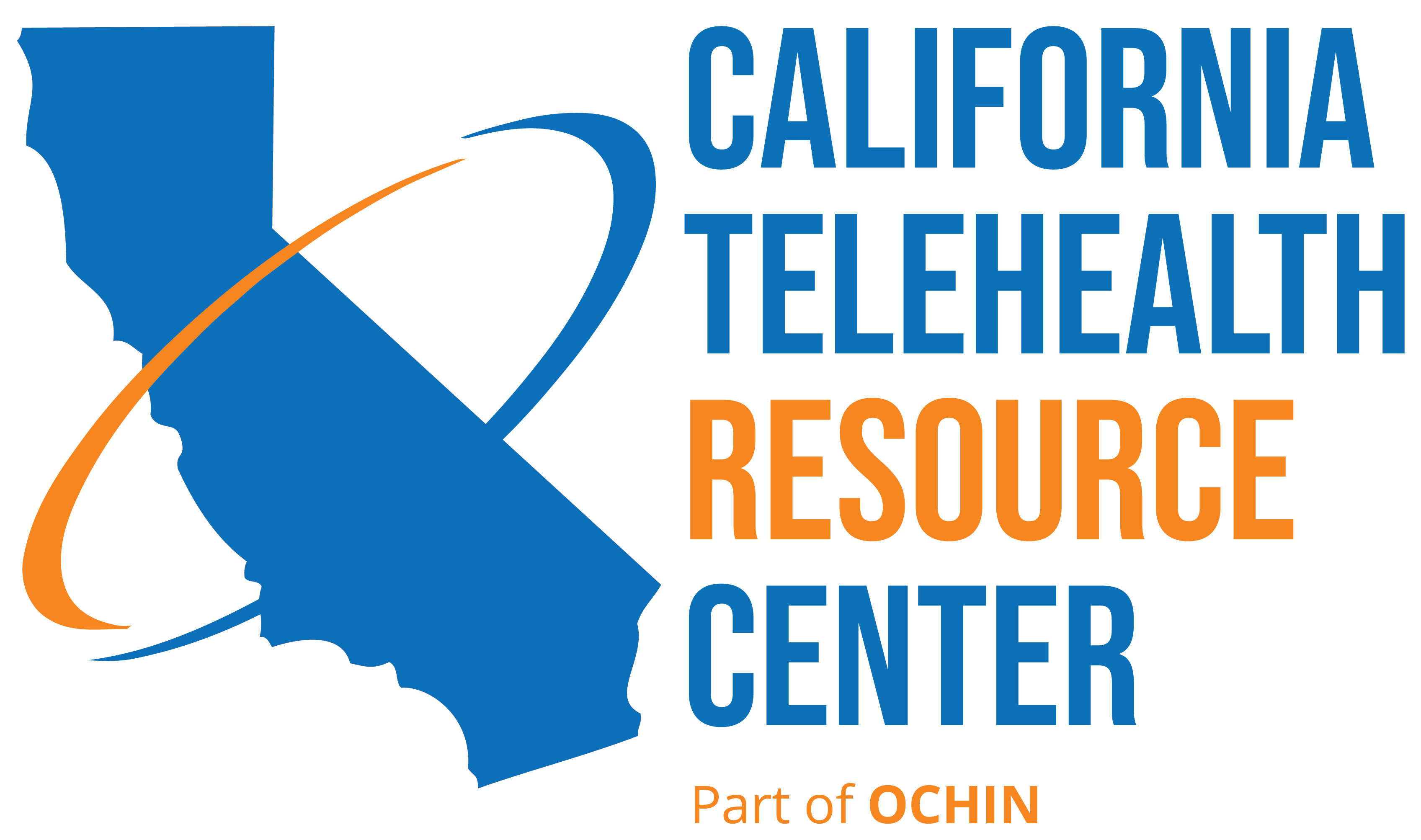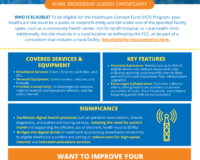Authored By: Crystal Baker, MPH Student Crystal is an MPH student at Youngstown State University. She has experience working with various non-profit organizations, focusing on community health, advocacy, and program coordination. Her work often involves addressing social determinants of health and fostering collaboration to support health equity and access. As part of her capstone withRead more
Blog
Authored By: Crystal Baker, MPH Student Crystal is an MPH student at Youngstown State University. She has experience working with various non-profit organizations, focusing on community health, advocacy, and program coordination. Her work often involves addressing social determinants of health and fostering collaboration to support health equity and access. As part of her capstone withRead more
With extreme weather events becoming more frequent, California’s healthcare system is adopting new technologies to safeguard at-risk populations. Tools such as Remote Physiological Monitoring provide continuous health data, while secure texting platforms enable immediate patient outreach. Together, these solutions help providers deliver real-time assistance and vital information during heat waves and air quality alerts. ByRead more
As natural disasters increasingly affect California and our nation, healthcare providers are turning to digital health technologies to ensure patients can still receive care when physical facilities are damaged or inaccessible. Whether facing power outages or connectivity disruptions, providers and patients alike must be prepared with backup solutions to keep digital health systems running. ThisRead more
Published July 11th, 2024 Every year, the Centers for Medicare & Medicaid Services (CMS) issues a proposed set of changes to payment and other coverage and reporting requirements for providers offering care to Medicare beneficiaries. ANNUAL PROCESS PROPOSALS Multi-step Process for Updating Payment Policy on Physician Fee Schedule and Payment Method for Federally Qualified HealthRead more
In the heart of California’s rural landscapes, Critical Access Hospitals (CAHs) serve as essential pillars of healthcare, providing lifesaving services to communities where medical resources are often scarce. At the California Telehealth Resource Center (CTRC), we understand the crucial role these facilities play in maintaining the health of rural populations. That’s why we offer aRead more
Addressing the youth mental health crisis in California and beyond. The mental health landscape for youth in the United States is facing a critical juncture, with alarming rates of anxiety, depression, and suicidal ideation among young people. This crisis is even more pronounced among Two Spirit, Lesbian, Gay, Bisexual, Transgender, Queer, Intersex, and Asexual (2SLGBTQIA+)Read more
The COVID-19 pandemic exposed and exacerbated vulnerabilities in global health systems, starkly reminding us of the critical need for robust emergency preparedness, mitigation, and recovery. This unprecedented health crisis not only tested our resilience but also underscored the transformative potential of digital technology in crisis management. As California marks Earthquake Preparedness Month, this moment providesRead more
OVERVIEW The following are Medicare Reimbursement resources and reference documents concerning: Telehealth (interactive video/audio or audio-only) eConsults Remote physiological or therapeutic management Store and forward (in limited circumstances) Please note that general Medicare payment policies do not apply to Federally Qualified Health Centers, Rural Health Clinics, and Indian Health Clinics. Please see discussion for informationRead more
DISCLAIMER: Advisory Board members offer subject matter expertise, strategic advice on CTRC, and perspectives of stakeholders. Representation on the advisory board does not constitute an endorsement of a member’s products, services, organizations, or companies by CTRC or any CTRC Funders. In the rapidly evolving landscape of digital health, the California Telehealth Resource Center (CTRC)Read more













